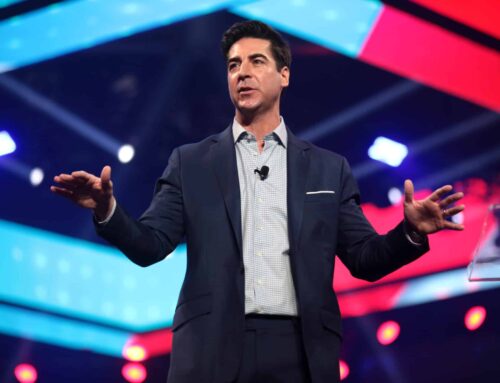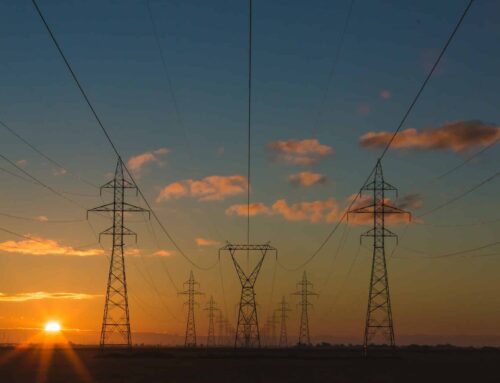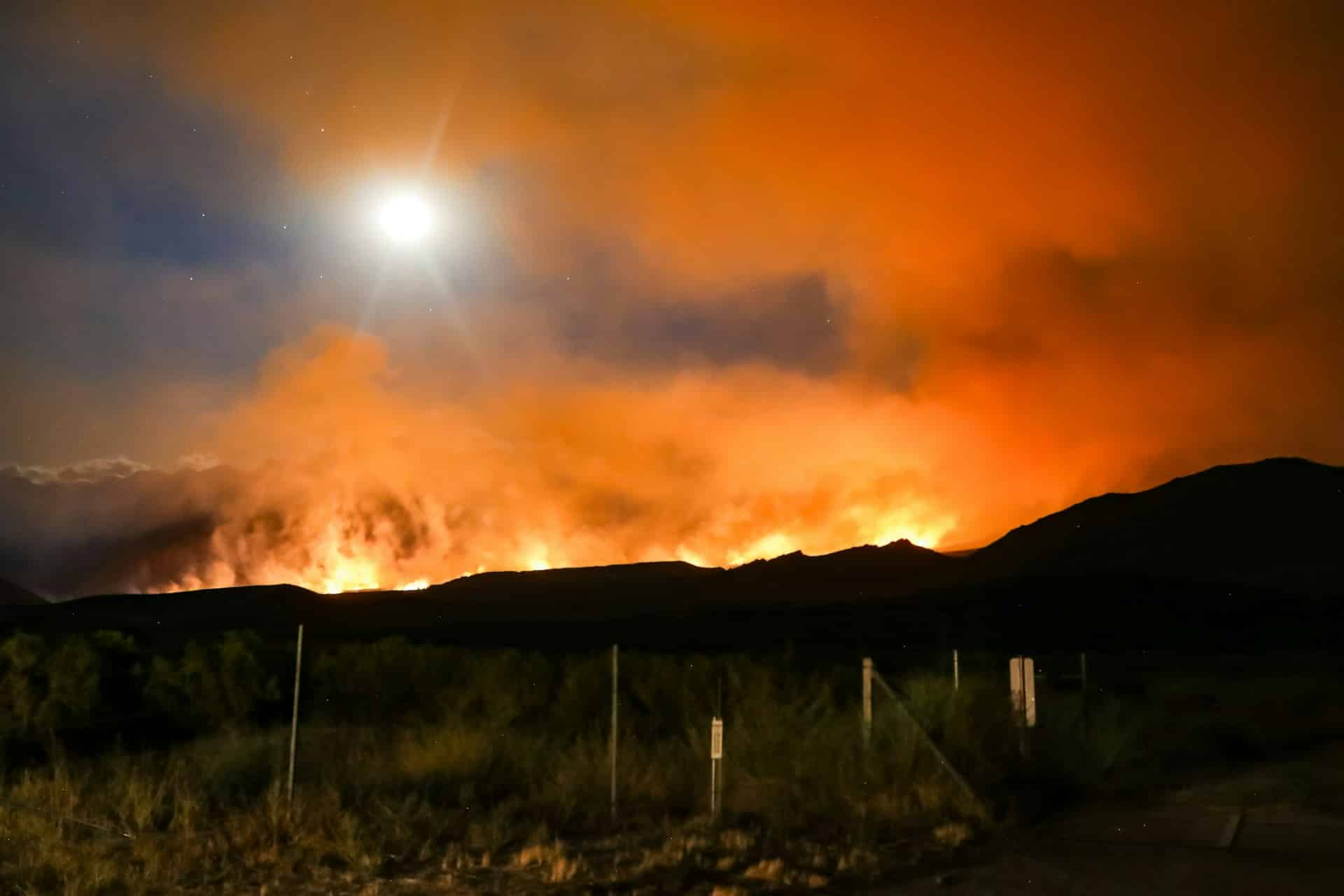Oct. 30, 2015 - 10:00am
On Wednesday night, the House passed an amended version of the Bipartisan Budget Agreement (BBA) that increases the topline spending caps for this fiscal year and the next. Like other spending bills before it, the BBA relies on 10-years’ worth of spending offsets to cover 2-years’ worth of new spending. It also relies on some math that seems disconnected from reality.
In particular, the Congressional Budget Office (CBO) reports that the bill’s plan to sell 58 million barrels from the Strategic Petroleum Reserve (SPR) will generate $5.05 billion over 10 years, but the oil prices the CBO uses to make that calculation are significantly higher than the prices being forecast. Predicting future commodity prices is notoriously difficult, but the Energy Information Administration (EIA) is the government authority on projecting oil prices, and they’re not quite as optimistic about the price per barrel over the next decade. The EIA considers a number of different scenarios – “cases” – but their best estimate, or “Reference Case,” and even their “High Economic Growth Case,” put future spot oil prices lower than what CBO is using to estimate the amount of sales revenue. In other words, even under the best foreseeable scenario, there is no way these sales are going to generate this much revenue.
Price/Bbl Estimates |
|||
|
Year
|
Price Assumed by CBO in Score of BBA
|
EIA -April 2015
Reference Case (WTI, $2013) |
EIA -April 2015
High Econ. Growth (WTI, $2013) |
|
FY18
|
$70.00
|
$70.06
|
$70.40
|
|
FY19
|
$80.00
|
$71.50
|
$71.92
|
|
FY20
|
$80.00
|
$72.96
|
$73.56
|
|
FY21
|
$80.00
|
$75.10
|
$75.88
|
|
FY22
|
$87.50
|
$77.48
|
$78.40
|
|
FY23
|
$90.00
|
$79.95
|
$81.02
|
|
FY24
|
$95.00
|
$82.48
|
$83.69
|
|
FY25
|
$95.00
|
$85.02
|
$86.50
|
We’ll leave a discussion of variation in commodity price modeling to others, but the difference between the two projections could mean taxpayers are getting shortchanged. Below is the expected yield of the oil sales using the different forecasts.
Revenue Generated by Sale of Oil from the SPR Under Different Price Forecasts ($ in millions) |
||||
|
Year
|
Barrels Sold by BBA by Year (Mbls)
|
Sales Revenue As Scored by CBO
|
Under EIA Reference Case
|
Under EIA High Econ. Growth Case
|
|
FY18
|
5,000
|
$350.00
|
$350.30
|
$352.00
|
|
FY19
|
5,000
|
$400.00
|
$357.50
|
$359.60
|
|
FY20
|
5,000
|
$400.00
|
$364.80
|
$367.80
|
|
FY21
|
5,000
|
$400.00
|
$375.50
|
$379.40
|
|
FY22
|
8,000
|
$700.00
|
$619.84
|
$627.20
|
|
FY23
|
10,000
|
$900.00
|
$799.50
|
$810.20
|
As you can see, the oil sales mandated by BBA will generate $508 million, or 10 percent, less than if oil prices track EIA’s Reference Case projections, or nine percent less if they follow the High Economic Growth Case. Even if we adjust EIA’s price estimates to 2015 dollars, as we assume the CBO used, the sales still fall around nine percent short of expectations.
Of course, that’s not a lot in the context of the bill’s offsets, but it demonstrates one of the many flaws with legislative scoring. If anything, CBO should be using the most conservative estimate of what the oil sales will produce (which would be around $3.2 billion using EIA’s Low Oil Price Case), because being surprised by a surplus is better than the alternative. And this is not an isolated case. In July, the Senate passed a six-year surface transportation reauthorization bill – the DRIVE Act. It could only scrounge up three years’ worth of offsets, but among them was the mandated sale of 101 million barrels from the SPR over eight years. If we use EIA’s Reference Case prices, those sales will produce $1 billion less than the CBO predicted.
Besides CBO’s dubious scoring methodology, the fact that we’re calculating revenue from SPR sales at all is an indication of how bad Congressional dysfunction has gotten. The SPR, which was created after the Oil Embargo of the 1970s, as its name implies, is meant to be a strategic asset built up over decades to supply the country with fuel for at least 90 days in the event oil imports are cut off in an emergency. Congress smashing the SPR piggy bank to fill budget holes because it can’t stomach the tough decisions necessary to trim spending or find new revenue smacks of desperation.
If we are going to treat it as a liquid asset, however, Congress should ensure taxpayers get a fair return on their oil. In testimony before a Senate committee in October, one group estimated that the cost to the government per barrel of oil in the SPR, adjusted for inflation, is actually $73.78. If we assume 1.5 percent inflation, it will be $77.15 in 2018, and $85.62 in 2025, which is more than the sale price EIA predicted in both years – meaning we would be selling it at a loss. If Congress wants to increase spending, it needs to look for better offsets, and there’s no shortage of options.
Oct. 28, 2015 - 11:10am
The Agriculture Committee leaders in both chambers are channeling their inner-Rumpelstiltskins and complaining wildly that it is not fair that maybe a few billion dollars is shaved off of their nearly trillion dollar Farm Bill monstrosity in the new budget deal.
We’re not a fan of the Bipartisan Budget Agreement (BBA) of 2015, either. It has a lot of flaws we highlight here. But surprisingly the proposed BBA of 2015 included a provision that directed (not permitted) the Department of Agriculture to renegotiate the Standard Reinsurance Agreement for the highly subsidized federal crop insurance program and reduce the targeted government guaranteed return on investment to 8.9 percent (down from 14 percent). Mind you crop insurance companies bear almost no risk, not compared to taxpayers. In the last 11 years, the program’s insurers only incurred underwriting losses in 2012, while taxpayers have spent anywhere from $2.7 billion to $14 billion a year propping up crop insurance over that span.
Let’s look past the histrionics of the Agriculture Committee leaders and address realities of the last Farm Bill. You can also find more details about the provision in the budget deal here.
The predictions that the 2014 Farm Bill was going to cost a lot more than estimated are already coming true – not even two years after it was signed. And all the manure these same hogs at the trough were shoveling to ram the bill through are also – not surprisingly – starting to stink.
- Farm Bill will cost less than a trillion dollars. We pointed out that CBO doesn’t have a good track record estimating the cost of farm bills. This is because Ag interests are really good at gaming the system. Accounting gimmicks, timing shifts, and complicated new subsidy programs were the smoke and mirrors that “saved” $16.6 billion when Ag interests pushed through a $956 billion bill. With payments to farmers in 2014 costing $5 billion more than expected and newly created income subsidies on pace to be 73% more expensive than promised (and even more costly than the wasteful direct payments they replaced) in just their first year of existence, this farm bill is looking just as bad as the last two.
- On crop insurance farmers get a bill not a check. No, not true Sen. Stabenow (who made it a staple of her floor speeches). See, with crop insurance, farmers usually don’t get a bill. We wait until we find out if they make a profit, then we send them a bill. If they have a loss, we send them a check, deducting the cost of insurance. Can you imagine your homeowners insurance that way? No, you can’t because it makes no sense. Oh, and we also cover almost 2/3 of the premiums to buy that insurance.
- Farm programs gave at the office. Ag hogs were miffed that the Administration renegotiated the Standard Reinsurance Agreement with crop insurers back in 2011 and garnered an estimated $6 billion in savings for taxpayers who back and fund the program. Getting a better deal for taxpayers and not your campaign contributors? And directing most of that savings to pare down an annual deficit hovering around $1 trillion at the time? Imagine the nerve?!? So they tried to lock it up last farm bill saying if USDA renegotiates they can’t find savings, and if they accidentally do, those savings have to be plowed back into the subsidies going to crop insurance companies. This provision would be undone by the budget deal.
It is clear taxpayers won’t harvest the promised savings from the trillion dollar farm bill. Renegotiating the lopsided agreement between subsidized crop insurance companies and taxpayers in order to get back $3 billion of savings promised is a small but important step. That’s why Ag interests want to rip out this provision root and stalk. If this kernel of common sense is allowed to germinate we might just get an agriculture policy that bears fruit for taxpayers instead of simply special interests. And to them that would just stink.
Oct. 27, 2015 - 11:45am
This morning, the text of the “Bipartisan Budget Agreeent of 2015” was released as a House amendment to a Senate Amendment to H.R.1314, available here. TCS is still digging through it, but below are some details. You probably already know the top line numbers, but let’s break them down.
$80 billion in discretionary spending added for fiscal year (FY) 2016 and FY2017: $50 billion in FY16, $30 billion in FY17. Each year that amount is equally split between defense and non-defense discretionary (NDD). That means:
|
Changes to Budget Authority |
FY2016 | FY2017 | ||
| Defense | NDD | Defense | NDD | |
| Current Law Cap | $523.091 | $493.491 | $536.068 | $503.531 |
| Revised Cap | $548.091 | $518.491 | $551.068 | $518.531 |
| Change | +$25 | +$25 | +$15 | +$15 |
It also provides for increased Overseas Contingency Operations funding. Setting a minimum spending level (“not less than”) of $73.7 billion in each FY2016 and FY2017. This is divided as $58.790 billion for defense (function 050) and $14.895 billion for State (function 150). That is about an $8 billion increase for Defense and State over the OCO request in the President’s Budget.
Doing the math that would be $606.9 billion in aggregate for defense in FY2016. Which is an increase over the aggregate (base + OCO) sought by the President ($585.2B) and a reduction from the Congressional Budget Resolution aggregate ($612B).
The bill also suspends (it doesn’t raise) the debt limit through March 16, 2017. So guess what’s going to be top of the next President’s agenda? Wrangling over the debt limit.
As far as pay-fors, they are varied and many have not been scored. There is improved federal debt collection – Uncle Sam gets to call your cell phone (be careful the NSA may be listening) to collect on unpaid debts.
The bill also calls for the renegotiation of the Standard Reinsurance Agreement for crop insurance by 12/31/16 and every five years thereafter. For the lucky few who are uninitiated to farm programs this the federally subsidized and backed program to insure farm revenue that is administered by private sector companies. It also cuts the rate of return for the companies from 14.5% to 8.9%. In the farm bill any savings from renegotiating the SRA was required to be plowed back into the program, this appears to undo that restriction, we’ll have to see how CBO scores it. The last time the SRA was renegotiated it resulted in $6 billion in savings over ten years.
The bill counts on selling 58 million barrels of oil from the Strategic Petroleum Reserve. The Senate transportation bill (the DRIVE Act) had that offset and it was scored at $9 billion. There are also spectrum auctions – who knows what the score on that will be. There are further adjustments to pensions an extension of some of the Medicare sequester from FY2024 to FY2025. There are also some other adjustments to Social Security that we’re still digging in to.
And thanks to Title XII meet the “Freedom Foyer” nee Small House Rotunda. Here’s what the Architect of the Capitol has to say about this recently redubbed space. The Speaker’s office has been calling it that for years, now Speaker Boehner gets it in law so everyone has to call it that.














Get Social